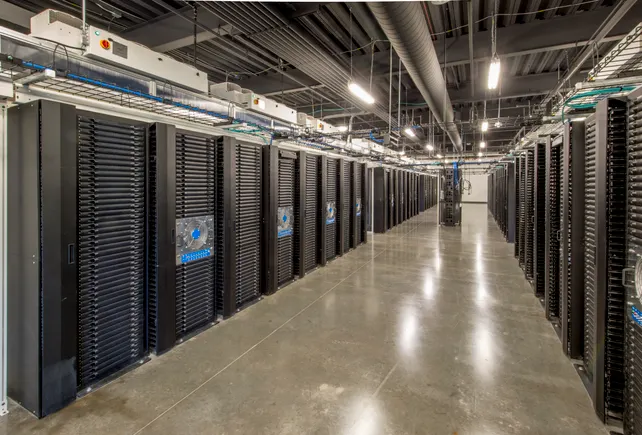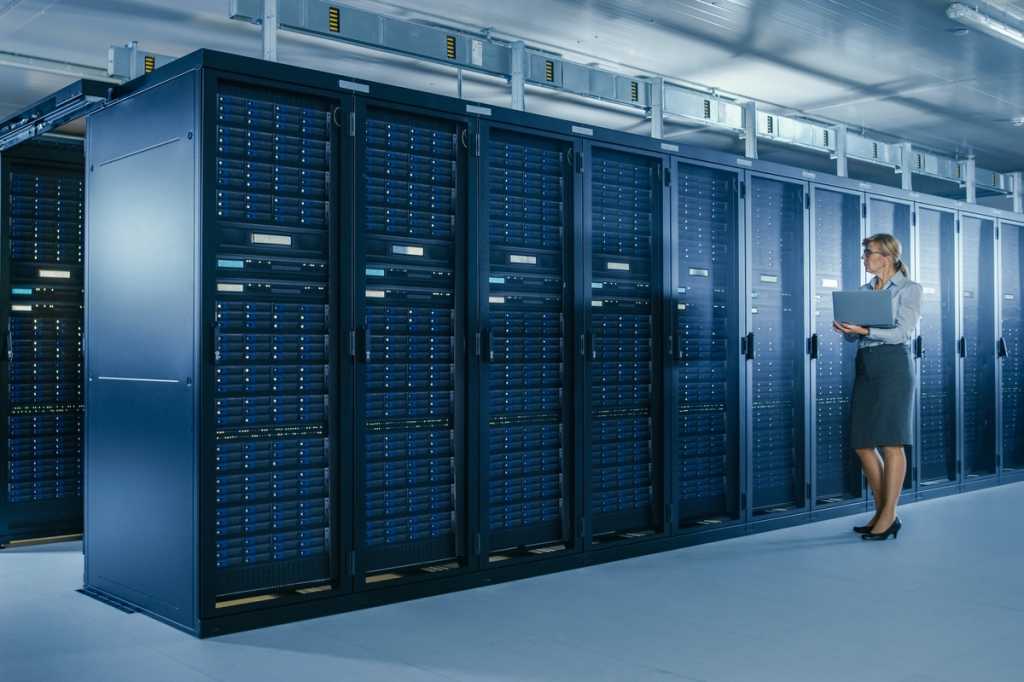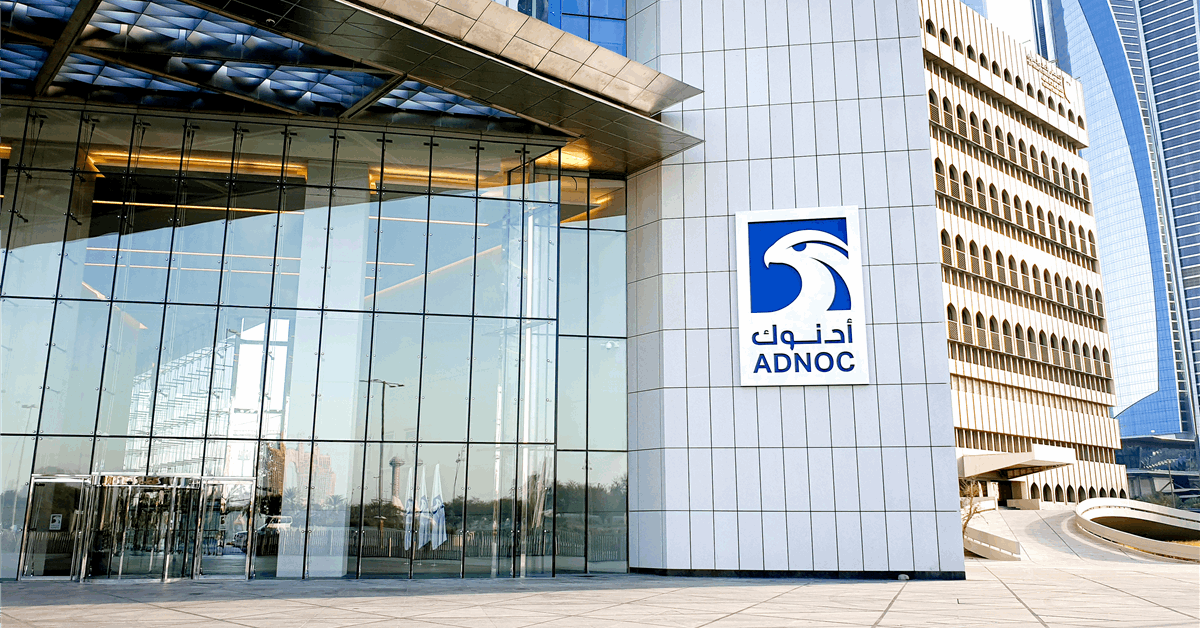
Chris Crosby is CEO of Compass Datacenters, a Dallas-based data center developer.
We at Compass Datacenters have closely followed the discussion around the increasing power demands of data centers and read with interest the Harvard Law study recently released asserting that demand is being serviced on the backs of consumers.
The study draws a compelling picture, and we acknowledge the challenges presented by existing regulatory frameworks. However, Compass Datacenters believes that there’s one key shortcoming of the paper, in that it lumps all data center developers into one category when, in reality, not all developers are created equal.
There’s a gold rush or dot-com mentality in our space right now. Speculative developers are coming out of the woodwork to flip a piece of powered land for profit. These aren’t real projects, complete with solid financing and tenants waiting in the wings. I’ve been in the business of data center development for decades and I’ve never seen anything quite like it.
Because of the will-serve model that utilities currently work under, these spec developers can come to a utility and say they are building a hyperscale data center that’s going to need as much energy as a small power plant and the utility has to put the request in the queue which creates potentially false demand. Speculative requests for service put enormous pressure on the utilities’ resource planning and capital projections. Further, speculation increases risk to the utility investing in infrastructure to serve loads for projects that may never materialize.
Put in place during a simpler time, the will-serve model is not suited for an era where the needs of certain customers are growing exponentially compared to others. Responding to requests from speculative investors is tying up power without an actual project and true demand behind it. Indeed, building out infrastructure and generation capacity to respond to these requests could take years, with costs shared among all ratepayers. If the hypothetical data center project falls through, investors and customers are left holding the bag.
The important thing to note is, this is the exception, not the norm. Utility providers need to be equipped to distinguish between demand requests and empowered to serve real demand.
My company takes a different approach, one built on active partnership and a commitment to equitable solutions. It’s what we call a co-serve model, in contrast to the outdated will-serve model under which utilities have historically functioned and some developers rely. We partner with utility providers and work closely with them to prevent costs stemming from our power request being passed on to ratepayers in the communities where we build. We ask a lot, so we give a lot. We don’t do what “fly-by-night” developers tend to do and “demand dump” we’re partners in planning, risk sharing and capital costs.
For example, in north Texas, we helped secure the right of way for transmission lines at a cost of nearly $20 million. We invested private capital in substation development to the tune of $52.5 million. We paid private dollars to avoid passing those costs on to ratepayers. And while that infrastructure supports our South Dallas data center campus, it also supports grid reliability and service to the local community. As a private company, we have greater flexibility with our capital and can make infrastructure investments that would take years for a public utility to make. These projects serve the greater good.
The Harvard Law paper really hinges on the notion that large industrial users pay individualized rates that are negotiated with the utility and often require state utility commission approval. That is true and it has been my company’s experience with the utilities we work with that they go to great lengths to ensure we, as commercial and industrial users, pay a rate commensurate with the volume of take and bear the burden of cost to upgrade infrastructure and expand capacity. Creative tariffs, which ensure C&I customers pay a larger share, can help alleviate any burden to household ratepayers, while maintaining the benefits of grid improvements made by data centers, without bearing the cost of capacity expansion.
The study acknowledges that the growing national market for electricity service driven by data centers is not just inevitable but necessary. I would add, a slowdown in digital infrastructure development could exacerbate cybersecurity risks and threaten global competitiveness. Cloud computing is central to all of our lives today. AI brings huge advantages to the way we work, our economy and domestic security, and represents an opportunity to modernize the grid with massive private investments in transmission and generation. We need it to flourish and believe that it can be done responsibly, with large users bearing responsibility so that consumers do not carry that burden.
Through close collaboration, risk sharing and embracing innovative solutions like the co-serve model, we can address the power challenges of the digital age in a way that fosters long-term growth, strengthens the energy grid and ensures a more equitable distribution of costs and benefits for all. The “AI train has left the station,” and by working together, we can ensure it stays on the rails, reaping the rewards for our economy and national security without unfairly burdening the public.




















